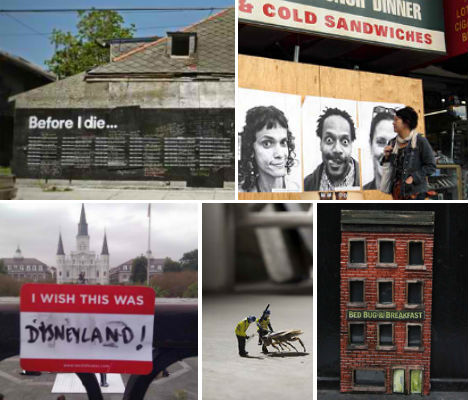As you can see, I laid out the tasks for the next two weeks. I tried to break them down, so they're a bit more doable.
Firstly, work on the second portion of the list for
next week (aka 'Work On 18-25'). So, develop your chosen site, your massing approaches, your concept, etc. into an
architecture (however roughly at this point) for next week. Do SCALE drawings (and know what scale you're working in). Consider its Program (if you're not ready to commit to one, describe several in diagram form). I have listed things to consider when working on your program diagram. (By the way, for those that were in class on Thursday, I'm nixing the photoshopping your model into a site photo. We'll get to that later.) Don't worry too much about the first part of the list for this week.
The reason is - the goal for October 25th is to have a version of all of the drawings, models, collages, renderings, etc. we plan to bring to the Mid-Review. They won't be final but they could be underlays and they will help you figure out how to present your project, what you're missing, what you don't need, etc.
For the week of Oct 25 - Nov 01, you will revise your maps (detail and large scale map) and work on any other site information you may need (like diagrams explaining why you chose that site, what your intervention does there, what is lacking, etc.) to make the jump into your architecture. And then you will also have to do more developed, revised, crafted, beautified versions of the second portion of the list.
Does this make sense? I know, lots to do, but you can do it! And please - let me know / post on the blog with Illustrator questions. I hope that tutorial was helpful, even if it was brief.
Aviva
